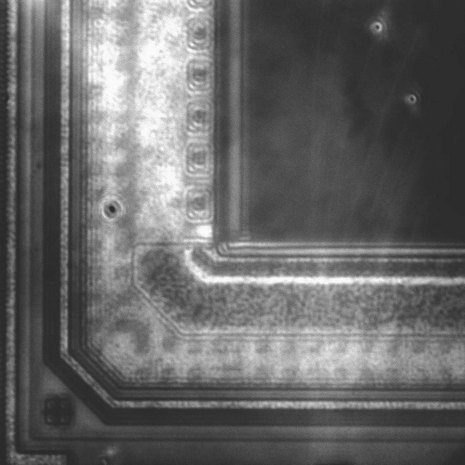 Clone Microcontroller PIC16C54 Heximal
Clone Microcontroller PIC16C54 Heximal
Clone Microcontroller PIC16C54 Heximal is a process to duplicate microcontroller pic16c54 memory program from flash and eeprom, firmware will be extracted from mcu pic16c54 after break it;

Bit 15:12 – Reserved Bits
These bits are reserved for future use. For compatibility with future devices, these bit must be written to zero when UBRRH is written.
Bit 11:0 – UBRR11:0: USART Baud Rate Register
This is a 12-bit register which contains the USART baud rate. The UBRRH contains the four most significant bits, and the UBRRL contains the eight least significant bits of the USART baud rate if attack pic18f66k90 microcontroller hex.
Ongoing transmissions by the Transmitter and Receiver will be corrupted if the baud rate is changed. Writing UBRRL will trigger an immediate update of the baud rate prescaler.
For standard crystal and resonator frequencies, the most commonly used baud rates for asynchronous operation can be generated by using the UBRR settings in Table 106 to Table 109.
UBRR values which yield an actual baud rate differing less than 0.5% from the target baud rate, are bold in the table. Higher error ratings are acceptable, but the Receiver will have less noise resistance when the error ratings are high, especially for large serial frames (see “Asynchronous Operational Range” on page 220) when Copy pic18f458 MICROCONTROLLER hex.
The error values are calculated using the following equation:
BaudRateClosest Match
⎝ BaudRate ⎠
The Universal Synchronous and Asynchronous serial Receiver and Transmitter (USART) can be set to a master SPI compliant mode of operation. The Master SPI Mode (MSPIM) has the following features:
Full Duplex, Three-wire Synchronous Data Transfer
Master Operation
Supports all four SPI Modes of Operation (Mode 0, 1, 2, and 3)
LSB First or MSB First Data Transfer (Configurable Data Order)
Queued Operation (Double Buffered)
High Resolution Baud Rate Generator
High Speed Operation (fXCKmax = fCK/2)
Flexible Interrupt Generation